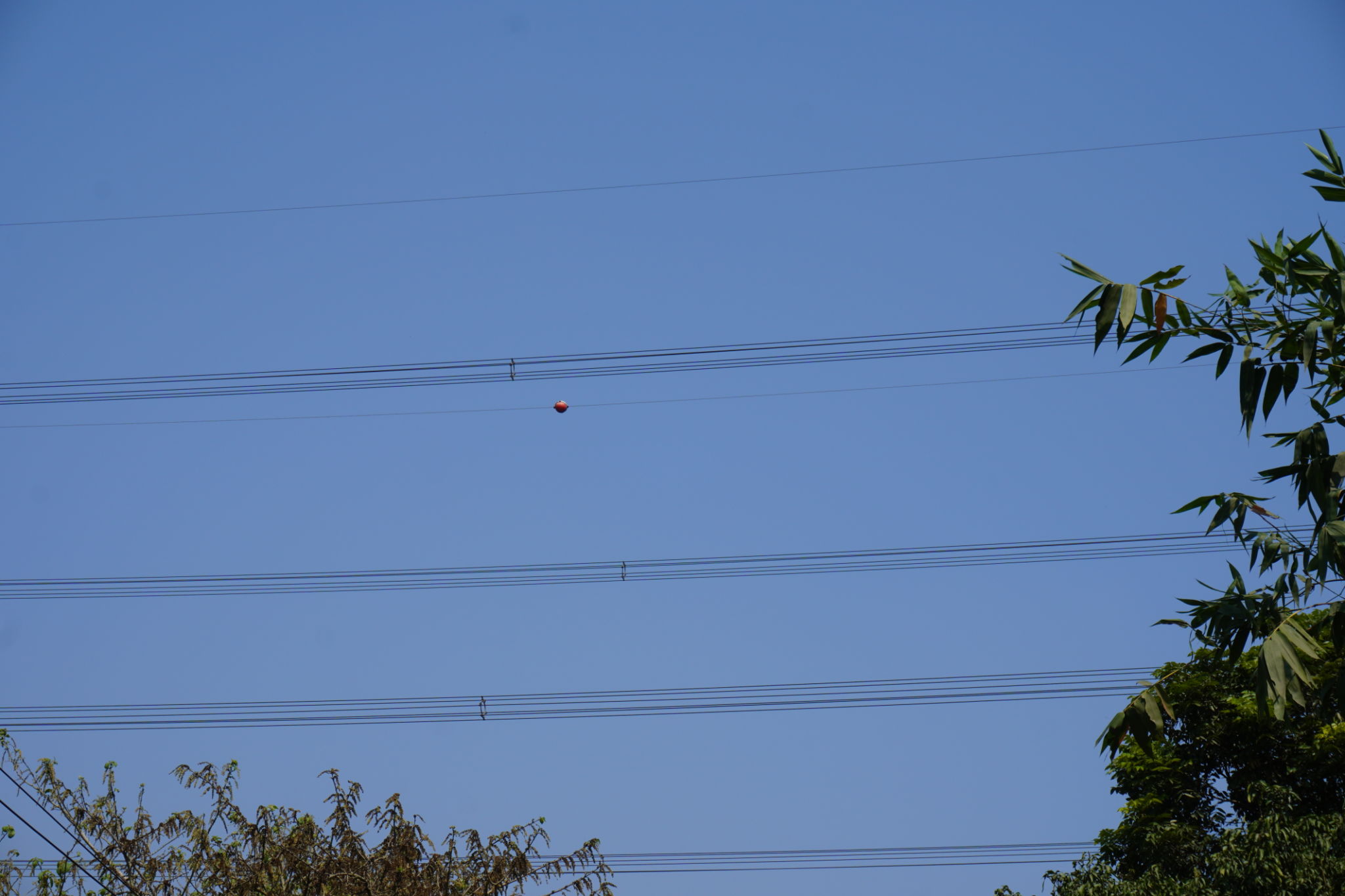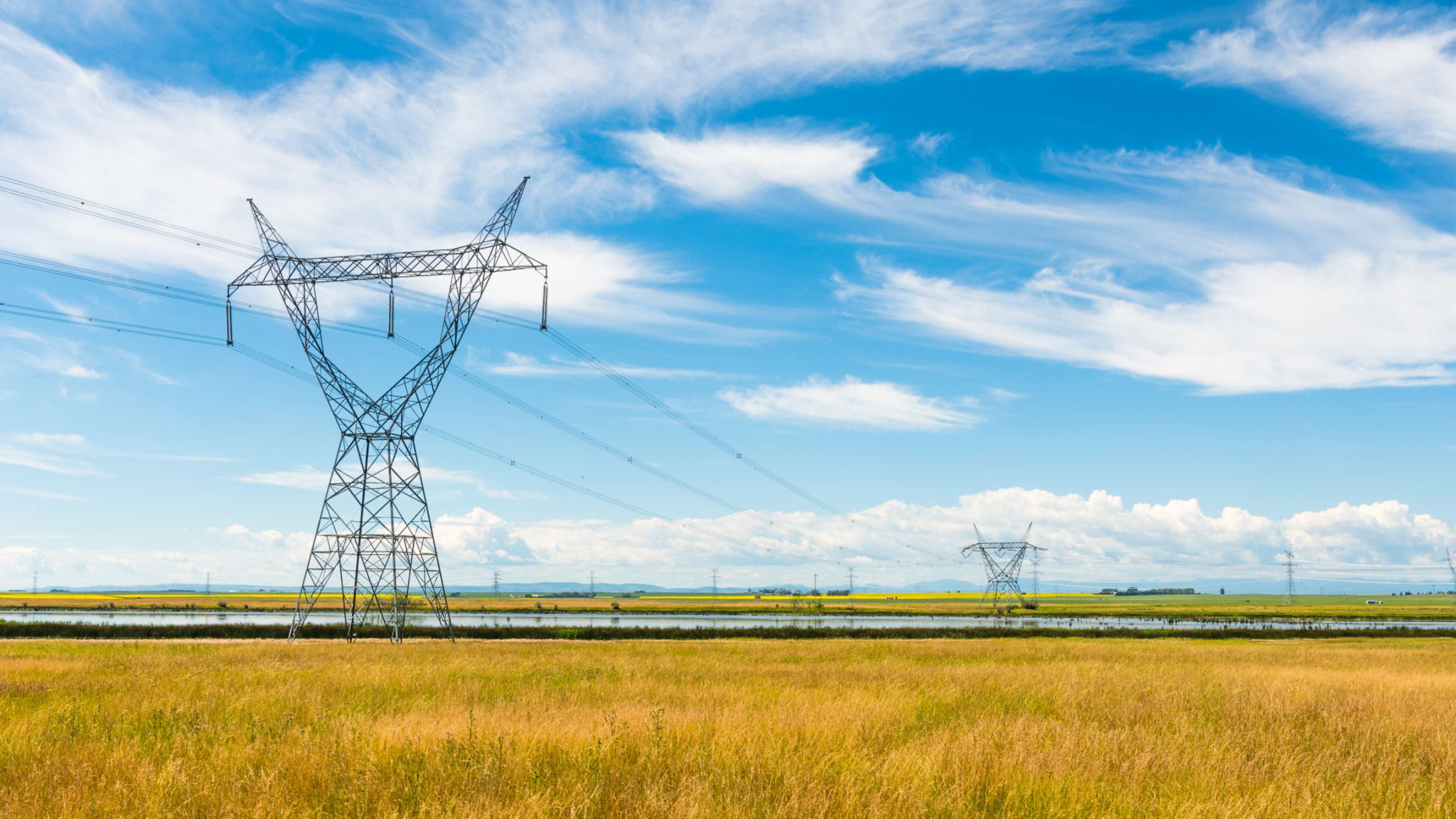Debunking Myths About Bird-Flight Diverters: What You Need to Know
Understanding Bird-Flight Diverters
Bird-flight diverters are essential tools used to protect avian species by making man-made structures like power lines more visible to them. Despite their importance, several myths and misconceptions surround these devices. This blog post aims to shed light on these myths and provide accurate information about bird-flight diverters.

Myth 1: Bird-Flight Diverters Are Unnecessary
A common misconception is that bird-flight diverters are unnecessary additions to power lines and other structures. However, studies have shown that these devices can significantly reduce bird collisions. Birds often fail to see wires until it's too late, especially during poor weather conditions or at night. Diverters serve as visual markers, alerting birds to the presence of obstacles.
Myth 2: All Diverters Are the Same
Another myth is that all bird-flight diverters are identical in design and function. In reality, there are various types of diverters, each designed for specific environments and species. Some are spiral-shaped, while others are reflective or glow in the dark. The choice of diverter depends on factors such as the local bird population, landscape, and weather conditions.

Myth 3: Diverters Are Harmful to Birds
Some people believe that bird-flight diverters may actually harm birds. This is a misunderstanding. The materials used in diverters are non-toxic and designed to withstand environmental conditions without causing harm. Their primary purpose is to enhance safety by preventing collisions.
The Benefits of Bird-Flight Diverters
Aside from preventing bird collisions, flight diverters offer several additional benefits. They help power companies avoid costly repairs and outages caused by bird strikes. Furthermore, they play a crucial role in conservation efforts by protecting endangered species.

Implementing Effective Bird-Flight Diverters
Successfully implementing bird-flight diverters requires careful planning and consideration of several factors. Here are some key steps:
- Assessment: Evaluate the area to identify high-risk zones for bird collisions.
- Selection: Choose the appropriate type of diverter based on local conditions and bird species.
- Installation: Properly install diverters at intervals that effectively cover the area.
- Monitoring: Regularly monitor the effectiveness of the diverters and make adjustments as needed.
Conclusion
Debunking myths about bird-flight diverters is essential for promoting their use and understanding their value in protecting wildlife. By recognizing the importance of these devices, we can contribute to safer environments for birds while also benefiting human infrastructure. As awareness grows, so too will the implementation of effective solutions to reduce bird collisions.
